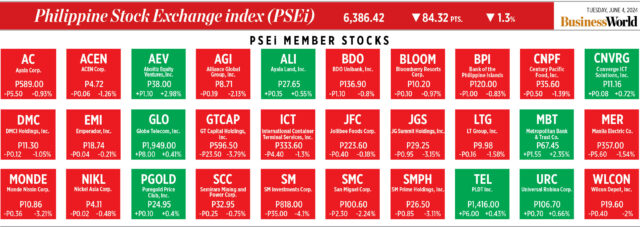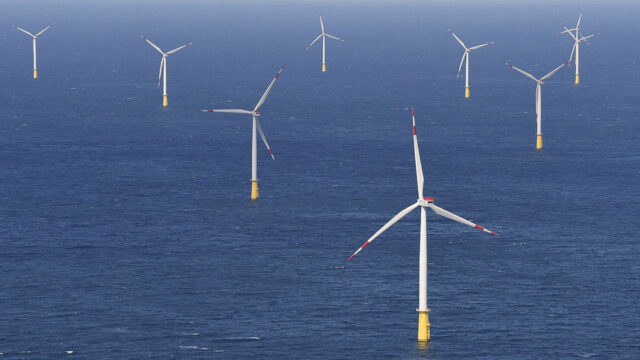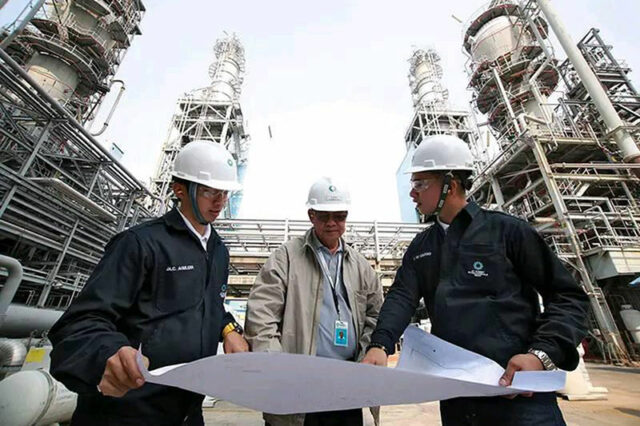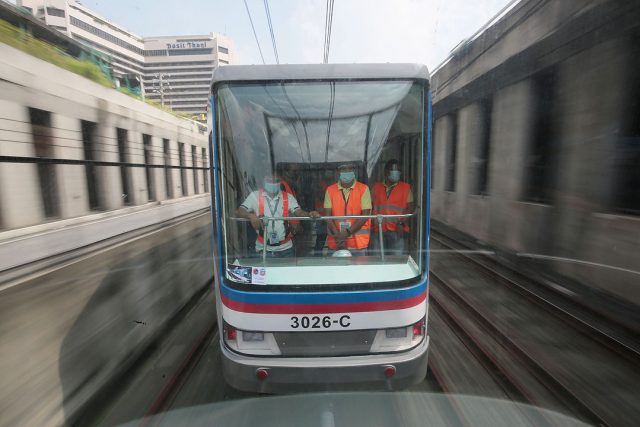AI alarm: Evaluating current developments in copyright
“Fair use is the bedrock of creativity. It allows artists to produce versions of music, authors to quote from novels, and educators to enhance learning materials. By striking a balance between protection and access, fair use fosters a vibrant cultural ecosystem.”
— Rowel S. Barba, Director General of the Intellectual Property Office of the Philippines (IPOPHL)
OpenAI, a research and deployment company that primarily focuses on the use of artificial intelligence (AI), has recently come under fire for the alleged use of Hollywood actress Scarlett Johansson’s voice, notwithstanding her earlier refusal to license her voice for such purposes.
Artificial intelligence has opened avenues for generating new work, but often at the ire of creatives, who claim that their original work is used and regurgitated without their consent, and without any form of compensation received. While AI art has been the focal point of most news, AI-fabricated media also has more dangerous political implications.
For example, last April, the Presidential Communications Office (PCO) of the Philippines released an official statement repudiating a manipulated audio clip seemingly conveying that President Ferdinand Marcos, Jr. ordered the Armed Forces of the Philippines to take action against a particular foreign country. In response to this, a complaint was filed with the Philippine National Police’s Anti-Cybercrime Group (ACG) to counter the rise of several counts of manipulated digital media that promote anti-government propaganda released to the public.
Audio and video clips that are manipulated and altered through artificial intelligence, or AI-fabricated media, have plagued the movement fighting against disinformation in recent years. AI-fabricated media can create the impression that an otherwise reliable source spreads false information. It affects the personality and privacy rights of those subjects featured in the AI-fabricated piece itself.
Aside from personal and political dangers posed by AI-fabricated media, its propagation also creates new challenges as to the protection of intellectual property rights.
Current copyright and intellectual property laws generally fall short in addressing the issues brought about by AI-fabricated media due to how novel the matter is. Clearly a copyright owner’s exclusive rights to replicate, transform, distribute, and publicly display his or her work are particularly targeted by the unauthorized alteration and spread of such manipulated media. Thus, a copyright owner may file for infringement and for removal of such manipulated media.
However, a defendant may use the doctrine of fair use to combat allegations of copyright infringement. The doctrine of fair use allows the use of copyrighted work for the following purposes: criticizing, commenting, news reporting, teaching, creating research, and other analogous reasons. The list of purposes under the Intellectual Property Code (IP Code) are not exhaustive. The following factors are also considered in determining whether copyrighted work was used in line with the doctrine:
- The purpose and character of the use, including whether such use is of a commercial nature or is for non-profit educational purposes;
- The nature of the copyrighted work;
- The amount and substantiality of the portion used in relation to the copyrighted work as a whole; and
- The effect of the use upon the potential market for or value of the copyrighted work.
Furthermore, the Supreme Court in the case of ABS-CBN v. Gozon et al. ruled that “[t]he ‘transformative test’ is generally used in reviewing the purpose and character of the usage of the copyrighted work. This court must look into whether the copy of the work adds ‘new expression, meaning or message’ to transform it into something else.” It is a debate if manipulated videos and audio, such as AI-fabricated media, are considered fair use of copyrighted work.
On one hand, one can argue AI-fabricated media are considered fair use due to the “transformative” element added to the copyrighted work after manipulation. On the other hand, considering the four factors under Section 185.1 of the IP Code, AI-fabricated media may not be considered fair use of a copyrighted work if any one of the criteria, especially effect of market value, is unmet.
In line with the new age of technology and the resulting “creative works,” IPOPHL recently released the “Guidelines on Statutory Fair Use in the Intellectual Property Code” in March 2024. The new guidelines clarify in more detail the criteria to be fulfilled to use copyrighted material without committing infringement, with special focus on copyright limitations.
The guidelines are split into three sections, with Part I referring to acts under Sec. 184 of the IP Code, including private recitation or performance, recordings in educational institutions, and ephemeral recordings, among others; Part II delving into other items under Sec. 184 of the IP Code, such as quotations from a published work, illustration for teaching purposes, and government works; and Part III which looks into Sections 186 to 189 of the IP Code such as works of architecture, private reproduction of published work, reprographic reproduction by libraries, and reproductions of computer programs.
Elements for each form of fair use were provided, with relevant provisions of the IP Code and treaties, such as the Berne Convention, referenced and explained when necessary. The guidelines are certainly a step forward in striking a balance between the creation of transformative work and protecting the copyright of original creators.
However, it is clear there is a legal lacuna in the country regarding AI-fabricated media, as there is still a lack of standards to be followed in light of recent controversies. Knowing now that such use of copyrighted material has the potential to spread misinformation and cause political unrest means it is necessary to address the gap in the law. Perhaps in the near future, intellectual property laws in the Philippines will develop further standards related to fair use and copyright to tackle modern day challenges posed by artificial intelligence and technology.
This article is for informational and educational purposes only. It is not offered and does not constitute legal advice or legal opinion.
Beatriz Maria Sofia C. Pangalangan is an associate of the Intellectual Property Department of the Angara Abello Concepcion Regala & Cruz Law Offices (ACCRALAW).
8830-8000














